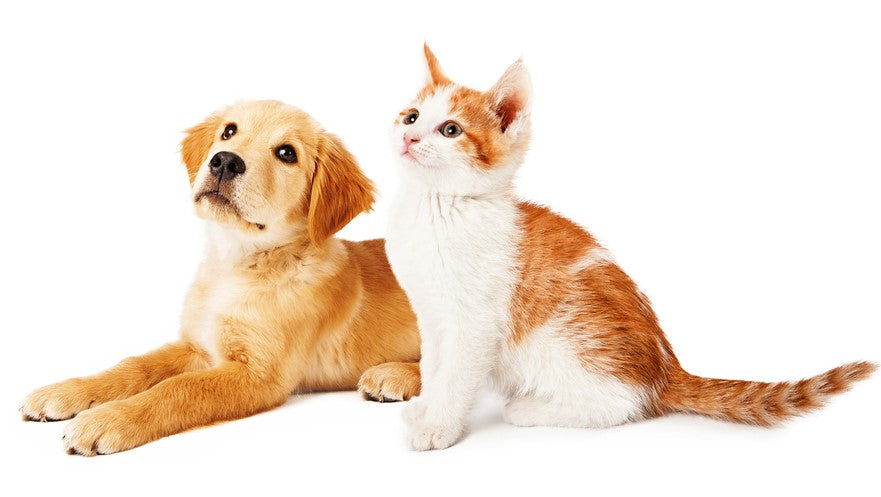
Dog and Cat Diets: What's the Difference?
Dogs are omnivores with a carnivorous nature. Their teeth and digestive systems are better equipped to chew and digest vegetables and grains.
Cats, on the other hand, are obligate carnivores, meaning they require meat in their diet. However, they still need dietary fiber (mostly found in vegetables and grains) to aid in maintaining gastrointestinal health and managing hairballs.
✧ Preferred Tastes
Both dogs and cats adore the savory taste of meat and the acidity (amino acid taste). Additionally, dogs are also attracted to sweetness.
Essential Amino Acids
Essential amino acids refer to those that the body cannot synthesize and must be obtained through diet.
Nine Essential Amino Acids for Humans
Histidine, Isoleucine, Leucine, Lysine, Methionine, Phenylalanine, Threonine, Tryptophan and Valine
Essential Amino Acids for Dogs
They require the same nine essential amino acids as humans, plus Arginine.
Essential Amino Acids for Cats
They require the same nine essential amino acids as humans, plus Arginine and Taurine.
AAFCO Nutritional Guidelines For Pet Food
Protein and fat are the primary sources of energy for cats and dogs.
Here are the minimum recommended levels of these two nutrients in dry matter for dogs and cats:
✧ For dogs:
Protein: 22.5%
Fat: 8.5%
✧ For cats:
Protein: 30%
Fat: 9%
The dietary needs and eating habits of dogs and cats are very different. It's not advisable to regularly switch their food, as it may lead to nutritional deficiencies.
